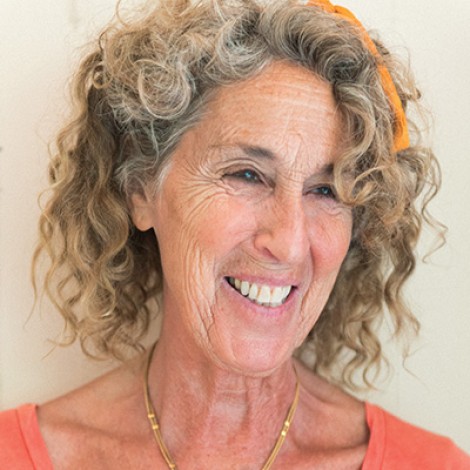If you are interested in, or simply curious about the
concept of narrative as an instrument of healing, you should run right out and
pick-up a copy of “What Patients Say, What Doctors Hear” by Danielle Ofri, MD.
In this book, the author explores the doctor-patient relationship and tackles the
issues of communication and miscommunication and how they affect medical
outcomes. If you harbor any cynicism about the relevance of narrative medicine
as a healing practice, you should read this book. If you want to learn more
about it, you should read this book. Then lend it to a friend. Or two. Or
three…
Among the issues she tackles are:
· Obstacles to effective communication
that suck the best of us dry—time constraints, over-booked schedules, exhaustion, and burdensome
mandates and initiatives that have nothing to do with improving patient care
· The importance of listening skills when
obtaining the patient’s medical history, and how our body language, attention
and response can intimidate or discourage the patient from sharing
important parts of his story
· The importance of our personal backstory, and how it
affects our expectations and interactions with patients
·
How the use of jargon reflects our attitudes
about patients, for example, referring to the disease rather than the person
who has a disease (the diabetic, the epileptic, the asthmatic) or labelling
the patient who “failed” treatment, the “poor historian”, or the “noncompliant”
patient
· The effect of gender, race, culture,
socioeconomics, and religion on communication
· How to
break bad news to the patient and his family
· The correlation between poor communication and
malpractice claims, and the pros and cons of disclosing medical errors
· How effective communication influences the
perception of pain, and how this has been likened to a placebo effect
…none of which we learned about in medical school.
Thankfully, it’s not too late for us. Narrative medicine is
all about communication as a healing practice. If it interests you, I recommend
Ofri’s book. And…if you missed the debut conference on Narrative Medicine at
Kripalu Center last summer, the good news is that they are running it again
this year and registration is now open. You can find a link to this summer's conference here
 |
| www.kripalu.org |
Among other leaders in the field, Rita
Charon will be speaking.
 |
| www.youtube.com |
Rita Charon
Rita Charon, MD, PhD, is professor of medicine and executive
director of the program in Narrative Medicine at the College of Physicians and
Surgeons of Columbia University. She completed her MD at Harvard Medical School
and her doctorate in English at Columbia. A general internist, Rita took her
PhD when she realized how central the telling and listening to stories is in
the work of doctors and patients. She teaches literary theory, narratology, and
creative writing to students and faculty at the medical center and in the
graduate Narrative Medicine program. Rita is author of Narrative Medicine:
Honoring the Stories of Illness, coeditor of Psychoanalysis and Narrative
Medicine and Stories Matter: The Role of Narrative in Medical Ethics, and
coauthor of the forthcoming Principles and Practice of Narrative Medicine.
Also attending again this summer will be Nancy Slonim Aronie (my fav). |
| www.kripalu.org |
Nancy Slonim Aronie
Nancy Slonim Aronie is the author of Writing from the Heart. She has been a commentator for National Public Radio’s All Things Considered, was a visiting writer at Trinity College in Hartford, Connecticut, wrote a monthly column in McCall’s magazine, and was the recipient of the Eye of The Beholder Artist in Residence award at the Isabella Stewart Gardner Museum in Boston. Nancy won teacher of the year award for all three years she taught at Harvard University for Robert Coles.
If you are interested…and you should be…check out https://kripalu.org/presenters-programs/narrative-medicine-cutting-edge-approach-healthcare. I’d love to meet you there.


























